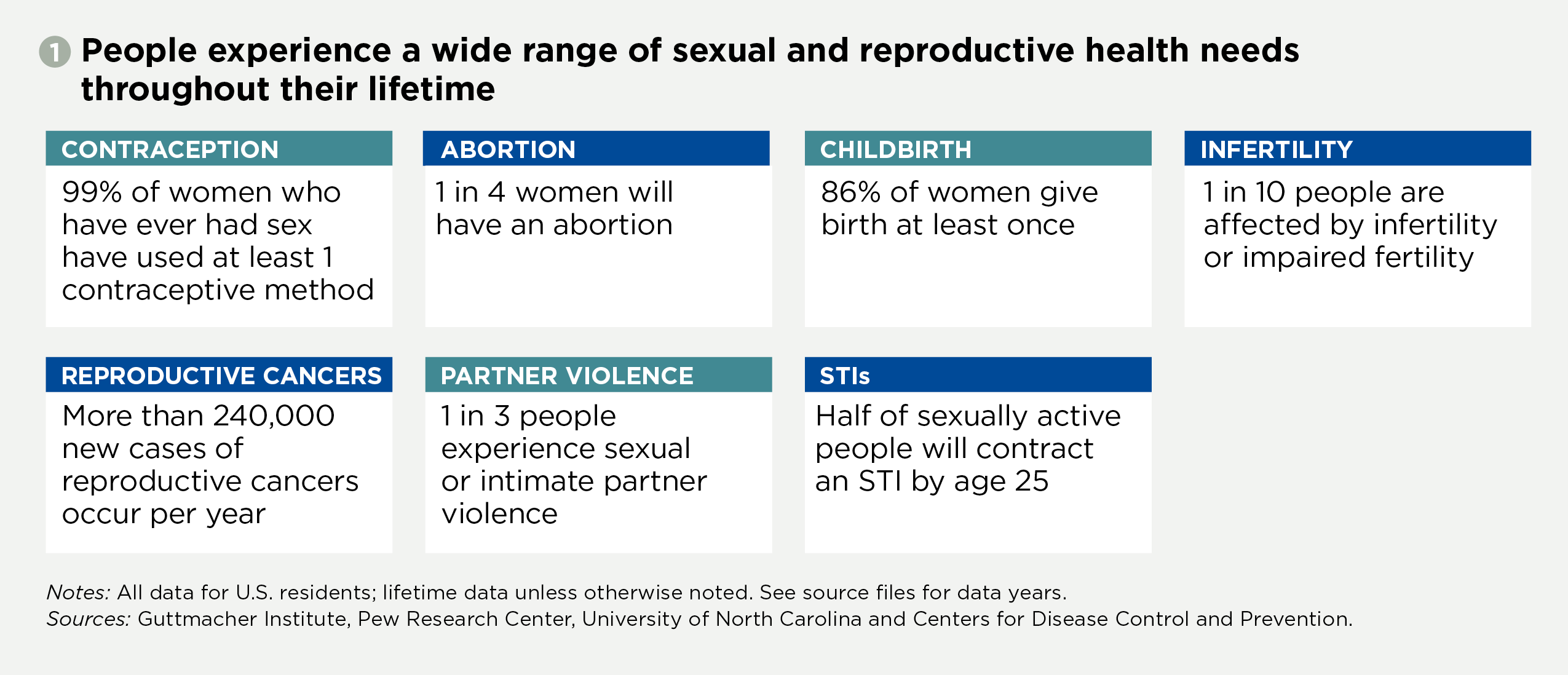Reproductive Health Information Blackout: Unraveling the Complexities
In a disconcerting turn of events, the government website dedicated to providing comprehensive reproductive health information has abruptly shut down, leaving countless individuals seeking guidance and support stranded in a sea of uncertainty.
The Information Vacuum: A Health Disparity
The closure of this vital resource has created an alarming vacuum in accessing accurate and reliable reproductive health information. For marginalized communities, such as low-income families, people of color, and LGBTQIA+ individuals, this loss is particularly devastating. These populations often face disproportionate barriers to healthcare, and the government website served as a lifeline for essential information on topics such as birth control, sexually transmitted infections, and abortion.
Cause and Effect: A Ripple of Consequences
The government has cited routine maintenance as the official reason behind the shutdown. However, many critics believe that political motivations lurk behind this sudden move. The current administration's conservative stance on reproductive health aligns with the narrowing of access to abortion and contraception services seen in recent years. Denying information is a subtle yet insidious form of reproductive coercion.
Different Perspectives: A Divided Society
The shutdown has ignited a fierce debate with diverse perspectives. Anti-abortion proponents claim that the website provided biased information and promoted a pro-choice agenda. They demand a removal of any information they deem "controversial." On the other side, reproductive health advocates argue that the government has a duty to provide factual information without political interference.
Research from the Guttmacher Institute reveals alarming statistics: 1 in 3 low-income women who need contraception face challenges acquiring it. Misinformation and lack of access disproportionately affect these vulnerable populations.
Addressing the Impact: Solutions in Sight
This crisis calls for immediate action. The government must restore the website as an essential public health resource. In addition, alternative channels for reproductive health information should be explored, such as:
- Community health centers
- Nonprofit organizations
- Trusted healthcare providers
It is crucial to engage with community organizations and diverse stakeholders to ensure that reproductive health information is accessible and inclusive.
Conclusion: A Call for Transparency and Accountability
The government's shutdown of the reproductive health website is a grave disservice to the nation's health and well-being. Denying access to vital information has created a knowledge gap that will disproportionately affect vulnerable communities. Restoration of this essential resource is paramount, along with ongoing commitment to transparency and accountability in reproductive health decision-making.
As a society, we must prioritize the reproductive health of our citizens. It is a fundamental human right, and it can only be achieved with comprehensive and accessible information. The fight for reproductive justice continues, and ensuring access to accurate health information is a crucial step forward.
